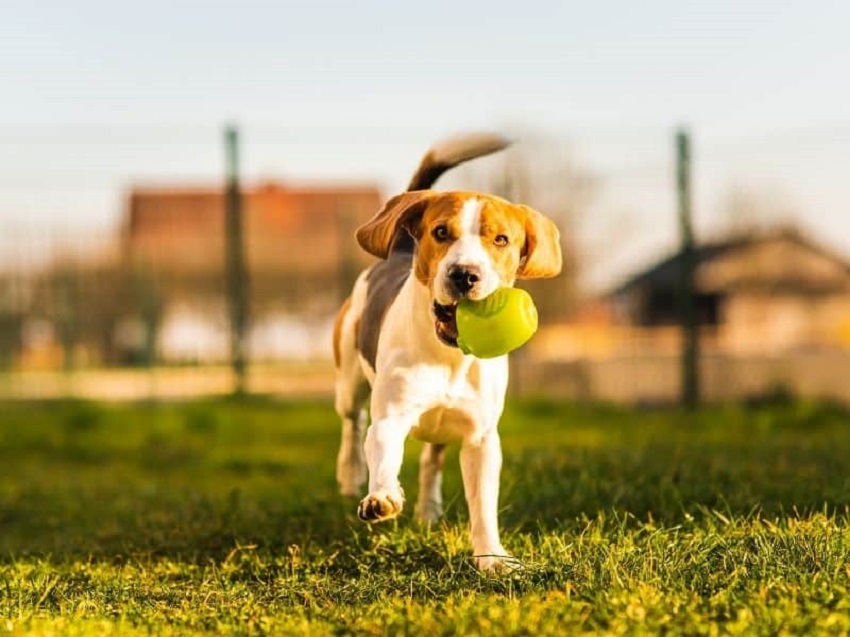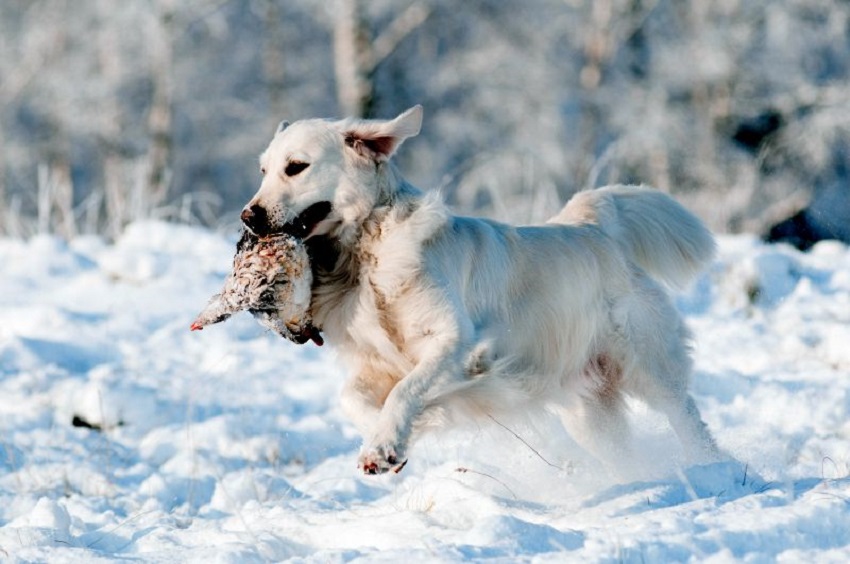If you’re a dog owner, you understand the joys and challenges that come with having a furry companion. However, one of the more concerning behaviors some dogs exhibit is chasing and even killing animals. It can be distressing and sometimes even dangerous, both for the wildlife and for your dog. In this article, we’ll delve into the reasons behind this behavior and provide you with effective strategies to prevent it. This content is presented by Snapbuzzz.com.
Understanding the Instincts: Why Do Dogs Chase and Kill Animals?
Before we delve into solutions, let’s take a closer look at why dogs engage in this behavior. It’s essential to remember that dogs are descendants of predators, and certain breeds have retained their hunting instincts more strongly than others. Chasing and killing animals is often rooted in these primal instincts. Discover how to keep hunting dogs off your property.
The Thrill of the Chase
For your dog, the chase is exhilarating. The sight, sound, and scent of a running animal trigger their hunting instincts, releasing dopamine in their brain—the same chemical associated with pleasure in humans. This excitement can be challenging to resist.
The Role of Prey Drive
Prey drive refers to a dog’s innate desire to pursue moving objects. While it’s more pronounced in certain breeds like Terriers and Sighthounds, all dogs possess some level of prey drive. This drive can sometimes escalate into aggressive behavior towards smaller animals.
Strategies to Curb the Behavior
Now that we understand the roots of this behavior, let’s explore practical strategies to prevent it:
1. Early Socialization and Training
Proper socialization and training during your dog’s early months are crucial. Exposing your pup to various animals and environments can help reduce their predatory response. Basic obedience commands like “sit,” “stay,” and “leave it” can also redirect their attention.
2. Leash Control
When you’re outside, keep your dog on a leash to maintain control. This prevents them from chasing animals and gives you the ability to guide their behavior.
3. Engage in Interactive Play
Engaging your dog in interactive play with toys can help satisfy their prey drive in a controlled environment. Toys that mimic the movement of animals can redirect their instincts in a positive way.
4. Positive Reinforcement
Reward your dog for good behavior around animals. Treats, praise, and affection can create positive associations, making them less likely to engage in aggressive behavior.
5. Provide Mental Stimulation
A mentally stimulated dog is less likely to focus on chasing animals. Puzzle toys, scent work, and obedience training keep their minds occupied. Discover: How to Get Dried Dog Pee Out of Carpet DIY
6. Seek Professional Help
If the behavior persists or escalates, consider seeking guidance from a professional dog trainer or behaviorist. They can tailor strategies to your dog’s specific needs.
Conclusion
While chasing and killing animals is rooted in a dog’s instincts, it’s essential to remember that training, patience, and understanding can help address and prevent this behavior. By implementing the strategies mentioned in this article, you can create a safer and more harmonious environment for both your dog and the local wildlife.
FAQs
- Is it possible to completely eliminate my dog’s urge to chase animals?
While complete elimination is challenging due to their instincts, you can significantly reduce the behavior through training and consistent management.
- My dog only chases certain animals. Why is that?
Different animals trigger different responses based on your dog’s instincts and past experiences. It’s crucial to observe patterns and tailor your training accordingly.
- Can neutering or spaying my dog help with this behavior?
Neutering or spaying might reduce the intensity of certain behaviors, but it’s not a guaranteed solution. Training and behavior modification remain essential.
- Is it too late to train an older dog?
It’s never too late to start training. While it might take more time with an older dog, positive reinforcement and patience can yield significant improvements.
- How do professional dog trainers approach this issue?
Professional trainers assess the dog’s behavior, history, and triggers to create a customized plan. This plan often includes desensitization, redirection, and positive reinforcement techniques.











